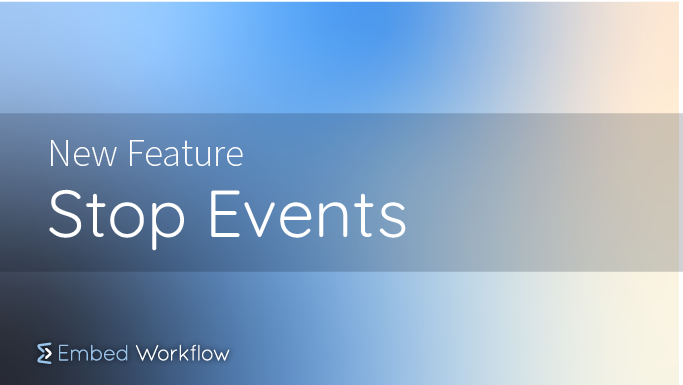
Stop Events
A good way to describe a stop event is with a real world example. Let’s say you have a re-engagement workflow that you run for inactive users. During the execution, you send a slack message to re-engage the user then wait a couple days then repeat a few times. If the first slack message is successful, it wouldn’t make sense to repeat these messages. This is where stop events come into play.
You can now register stop_events on your account. Once you do, your end-users will see a drop-down in their workflow trigger settings.
The most important detail here is this: you are responsible for POSTing to /executions/stop when your events happen. The endpoint accepts filters so you can match any of the execution data, a user_key, and a stop_event.
You can review the documentation, schedule a call, or request an invitation to our slack group!